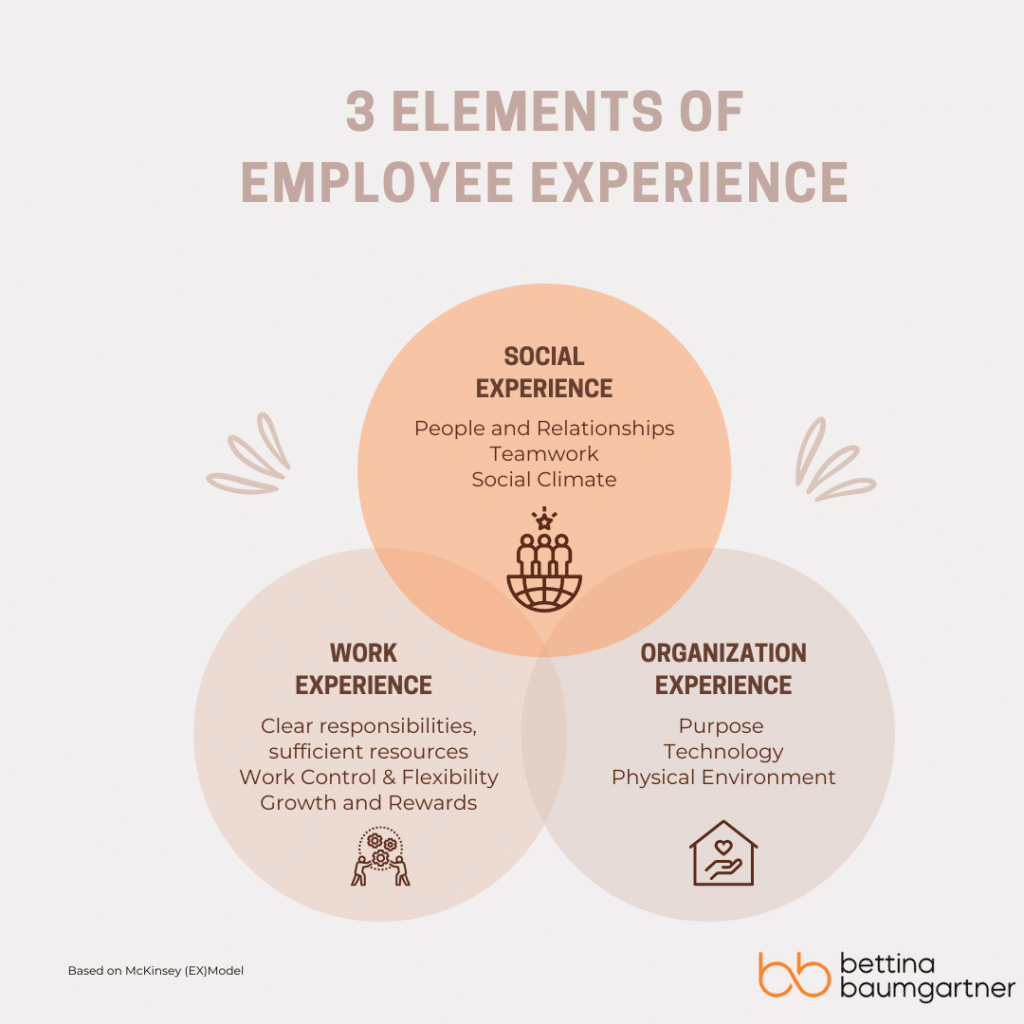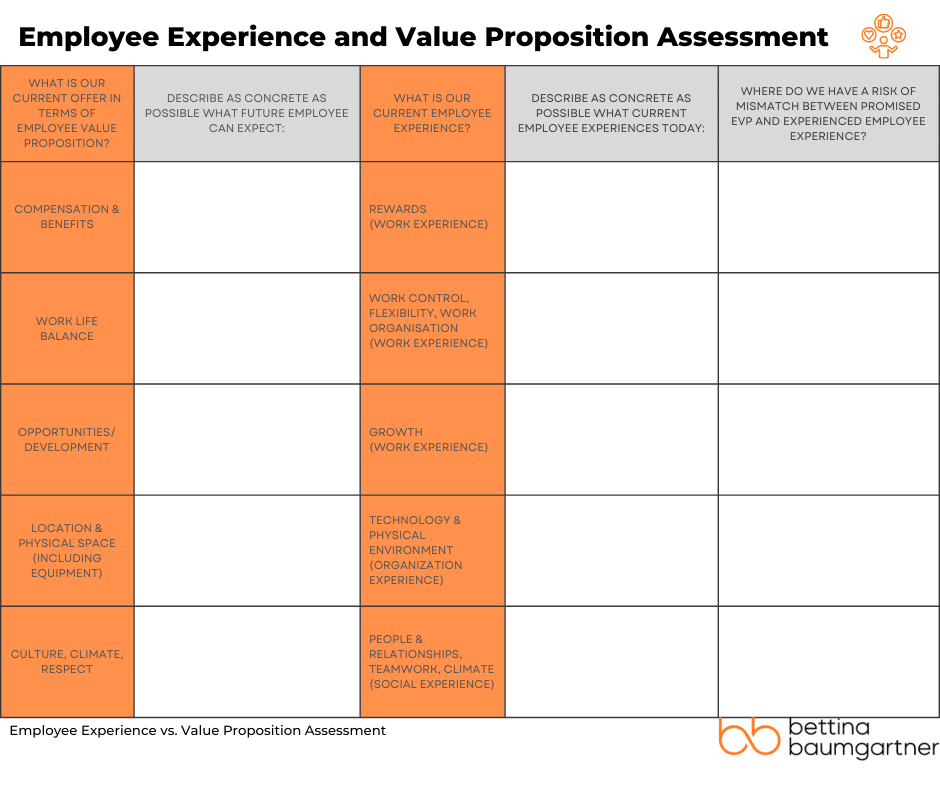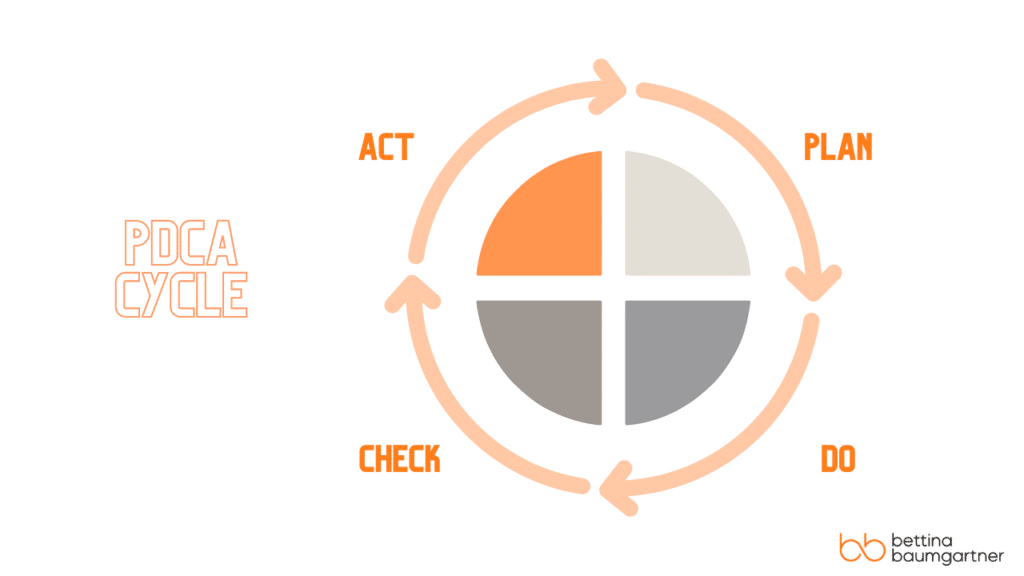For many years, HR professionals and demographers have spoken about the need to win the war for talent. They have been highlighting how this will be one of the key success factors for companies to strive. Now the need for attracting and retaining talent and keeping your employees healthy and happy is a key concern of modern business leaders. This is one of the reasons why Employee Experience has become one of the top ranked topics business leaders have on the priority list for their HR departments.
But what does Employee Experience really mean, and how do you get to a concrete strategy and action plan beyond the headlines? Here are some actionable tips on how to build your customized Employee Experience Plan:
First things first – What is Employee Experience?
According to the Gartner Glossary, Employee Experience is “the way in which employees internalize and interpret the interactions they have with their organization, as well as the context that underlies those interactions.” To make it a bit more specific, we can use McKinseys (EX) Model which describes three main building blocks of Employee Experience as an employee:
- Social experience
- Work Experience
- Organization Experience
Under social experience, we subsume the people you will meet and the relationships you can build within an organization. Further, the level of teamwork you experience when interacting with your colleagues and as a result the sense of belonging you feel.
The work experience describes the way how work is organized. It includes clear responsibilities, sufficient resources as well as the level of flexibility and control you have regarding your own tasks. This also includes the incentives and growth opportunities you are offered in exchange for your commitment as an employee.
Finally, the organization experience is defined by an aligned purpose between company and employee. It also includes the use of technology that allows efficient contribution to relevant processes and a physical environment that is safe and comfortable.
All of these factors together build the Employee Experience of your company.

What is the difference between Employer Branding and Employee Experience?
You may wonder, what is the difference between the Employee Experience and your Employer Branding? Well, hopefully there is no difference.
Via your Employer Brand, you show the outside world your face as a potential employer. If you want to create a strong Employer Brand, you need to describe what a potential employee can expect. This in return to her or his commitment to you as an employer. This is commonly referred to as the Employee Value Proposition (EVP).
And here comes the overlap with Employee Experience. Because in the Employee Value Proposition you need to describe what Compensation & Benefits you offer, how you ensure a healthy work life balance, which opportunities for development and learning your employees have, how your culture is and last but not least – what physical location and work space you provide.
- Compensation & Benefits
- Work Life Balance
- Opportunities/Development
- Location and Physical Space
- Culture, Respect
If you put the elements of Employee Experience and Employee Value Proposition next to each other, you see that they are basically overlapping:

Now, whatever you promise to your future employees, you obviously also need to live up to in everyday life and offer to your existing workforce. Otherwise, you will get new people on board who quickly get disappointed and might consider leave again, or on the other hand, create frustration and imbalance towards your existing employees reality. In a nutshell, make sure the Employee Value Proposition in your Employer Branding and your actual Employee Experience are in line.
How do I get to a concrete and hands-on Employee Experience Strategy?
To get to a concrete, consistent and hands-on Employee Experience Strategy here are the most important questions to ask yourself:
Q1: Do we have a clearly defined Vision/Mission/Purpose which is well integrated into our Business Strategy?
Q2: Are we able to describe our Company Culture today (and tomorrow, if there is a difference)?
Q3: What is our complete Employee Value Proposition in terms of:
- Compensation and Benefits
- Work Life Balance
- Opportunities/Development
- Location and physical space
- Culture, Respect
Q4: What is the Employee Experience we are offering today and how do we want to develop it further? In terms of
- Social Experience
- Work Experience
- Organization Experience
For answering those questions, you could use the following step-by-step approach:
Step 1: Make a simple audit of your current Employee Value Proposition (EVP) and Employee Experience including potential mismatches. Ensure to grasp the perception of your current and potential employees (not what leaders and management think it should be). You can use employee surveys and exit interviews, as well as feedback from former employees and job applicants. Good questions to ask:
- Why are job applicants attracted to the company?
- Why do existing employees think the company is unique?
- What do existing employees value most about working there?
- Why do they stay?
- Why do they leave?
You can use the following framework for summarizing your Employee Experience and Value Proposition assessment:

Step 2: Define your targeted Employee Value Proposition and Employee Experience. Tip: Split the goals into short-term (e.g., this year) and a mid-term (e.g., 2-4 year) plan. This enables you to balance between realistic achievable quick/must wins and more strategic improvements that take longer time to implement. Another tip: make sure to think about hardware (tools, processes, physical space) as well as feelings (sense of belonging, psychological safety etc.). Good questions to ask:
- How well is our EVP connected with our Vision, Purpose and Business Strategy?
- How does our current (and future) culture look like and why is this attractive for employees?
- What makes us unique today and in the future?
- How realistic is the picture we paint in our Employee Value Proposition and what are the most urgent gaps to close?
- Is this inspiring?
You can use the following framework.

Step 3: Make an actionable plan to get from A (Audit Result in Step 1) to B (Defined future State in Step 2). This includes defining your Employer Branding Targets, how to measure success and which channels to use for communication. Tip: Ensure you include room for PDCA already in your original plan.

It is critical to have a clear understanding of your current and future Employee Experience and Employee value proposition. Investing in your most valuable assets, your people, requires evaluating these experiences and doing an honest assessment of potential gaps.
The financial costs of employee turnover and lost productivity make Employee Experience a top business priority.
If you are interested, how your Lean way of working and Excellence System can help you create an outstanding Employee Experience, you might be interested in this upcoming blog: 4 secrets how Operational Excellence can boost your Employee Experience.


One Comment